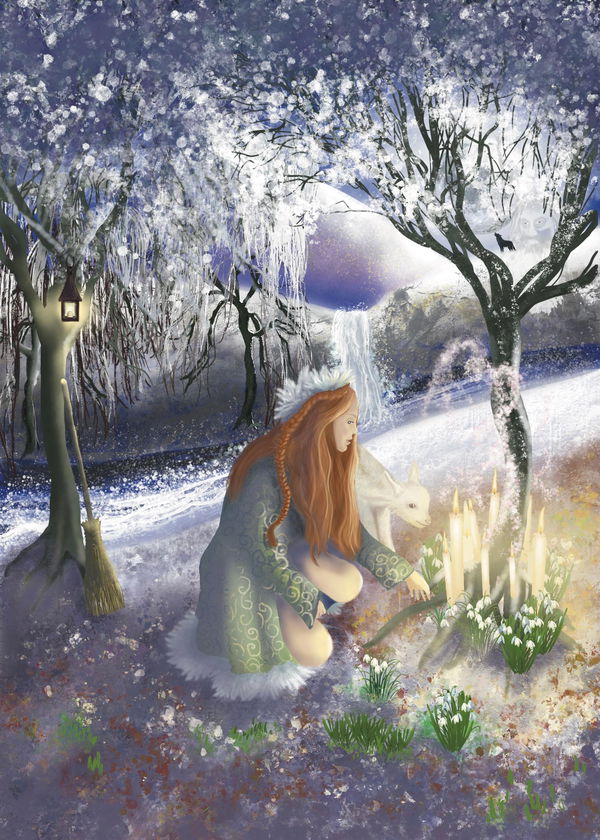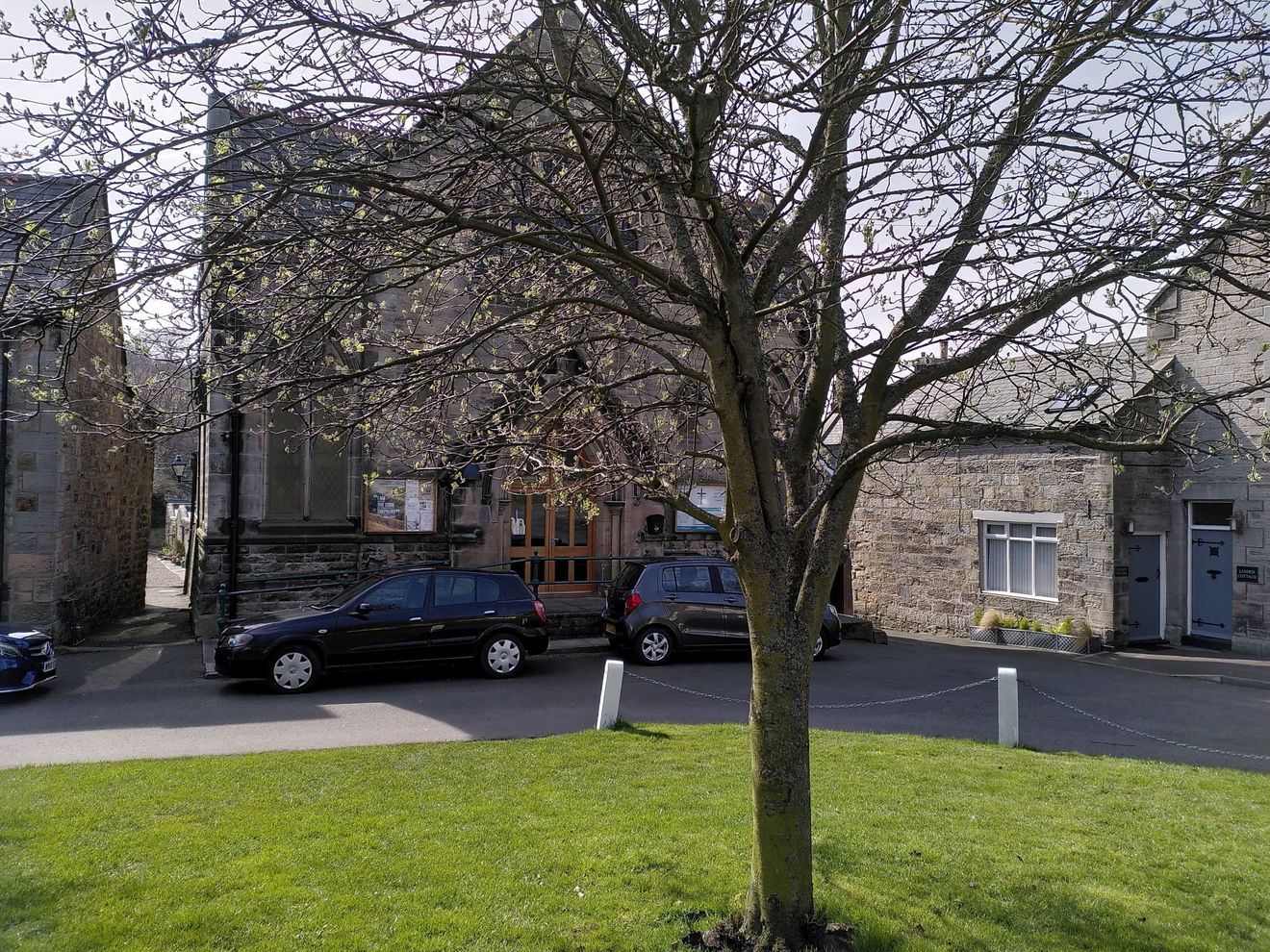Rothbury Tree of the Month: Rowan
Saturday, 1 February 2025
Rowan is one of my favourite tree species. Sometimes they are called 'Mountain Ash' because they can often be found high up on hills, and because their leaves are very similar to ash tree leaves. But the two are not related.


Ash, and Rowan.
Rowan trees can grow to be 15 metres high, and can live up to 200 years. They have pretty bark: silvery grey and smooth. The leaf buds are hairy, and purple, once open, they are a treat for the caterpillars of many types of moth. Gorgeous bunches of flowers emerge in May, Each flower has has five frothy white petals. The flowers attract many pollinating insects. Each flower has both female and male reproductive parts, because Rowan is hermaphrodite.
Rowan berries look a bit like little rose hips. They can be red, orange, or yellow. There is a star shape at the bottom of each berry, a pentagram. The berries are devoured by blackbirds, mistle and song thrushes, redstart, redwing, fieldfare, and waxwing. They can be eaten by humans too, but need to be cooked first.
Rothbury Parish Council celebrated its centenary, in 1995, and they decided to plant a tree to commemorate the occasion. Andrew Miller, from the National Park, suggested a Rowan.
When the RPC Rowan tree was planted, the Northumberland Gazette journalist included this detail in the write up: “The Rowan is said to ward off evil spirits and is a symbol of new life; its berries provide colour and food for birds throughout the winter months”.
Rowan has always been associated with magical properties, protection from witches, and in making spells. The wood of Rowan is the preferred one for making divining rods.

'Imbolc' by local artist Naomi Walker. This image portrays a Rowan Tree.
Peter Dawson, besides being a former Parish Cllr, worked in the building trade. He told me some very interesting stories about the beliefs of farming folk in Coquetdale.
“The front door steps on old farmhouses are usually local sandstone and can be very large. Over the years they become very worn and true to farmers being careful with their money, the steps were very often turned over so that the unworn bottom became the new top.
Over the years I have turned many of these and under every one I have found a piece of Rowan. Of course, I always replaced it before refitting the steps. (It wasn't unusual to find a child's shoe as well, these were all charms to stop evil from entering the house).
These traditions must go back centuries and can be under your feet without knowing it."

Rothbury United Reformed Church has been the main building which our tree has 'seen' in its short life. The church building precedes our little Rowan tree by 158 years. This place of worship is part of the very deep and profound history of the Coquet Valley's United Reformed Churches, which can trace their story back to the Preaching Trees at Windyhaugh.
Nowadays the URC is a vibrant, warm, and welcoming space, with a great many community activities taking place within it. Many of the people who benefit from it, have watched the Rowan grow from a tiny sapling to the fine young tree it is now, in 2025.
